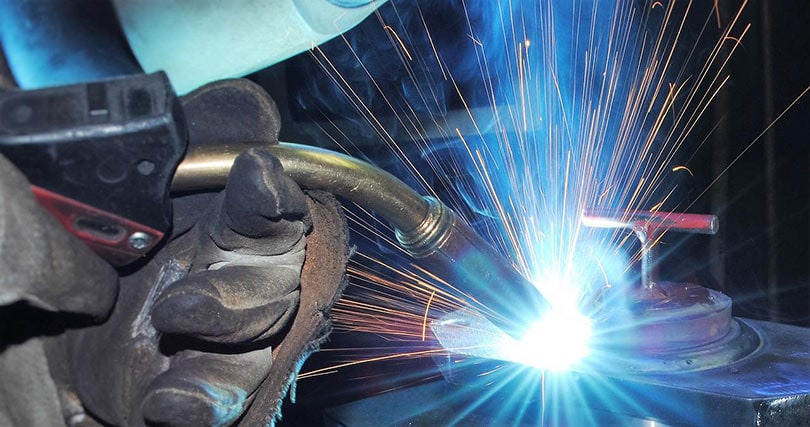Metal Fabrication is the process of manufacturing items or structures out of metal material by cutting, bending, and/or assembling it. People typically regard it as a value-added process because it involves assembling metal raw materials into actual products or structures.
Typically, jobs divide into three stages:
Design: In this process, we create drawings to match the intended measurements.
Fabrication: which includes the aforementioned cutting, bending, and/or assembling;
Installation: Where the end product or structure assembles, either partially or completely.
Metal fabricators often work with a variety of raw materials, which may include plate metal, expanded metal, welding wires and rods, and cast metal. In summary, fabrication plays a crucial role in creating any finished metal part or structure.
Fabricators typically operate in machine shops or metal fabrication businesses that specialize in everything from metal preparation to fabrication. While blacksmiths, boilermakers, and ironworkers were once categorized as metal fabricators, they are not as commonly recognized as the types discussed in this article.
There are several degrees of segmentation that we will discuss in this essay, including three of the most prevalent forms of metal fabrication: industrial, structural, and commercial.
